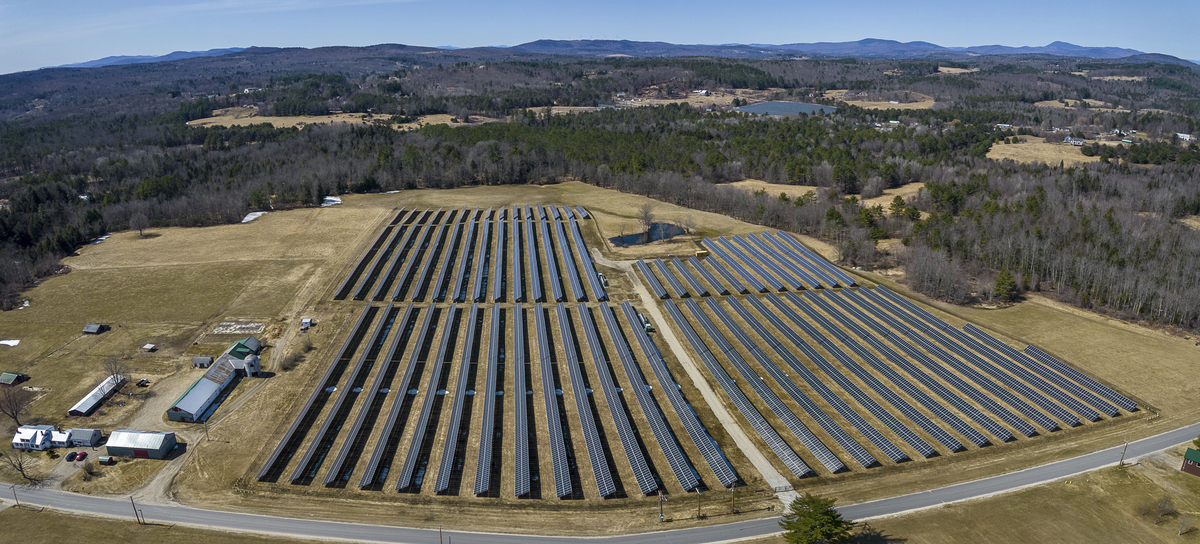Farmers Get Paid: Solar Firms Face New Land-Use Fee Proposal

A groundbreaking proposed regulation could soon require solar developers to compensate the Department of Environmental Protection (DEP) when planning installations on prime agricultural lands. The new rule aims to protect valuable farmland by introducing a strategic fee structure that acknowledges the critical importance of preserving agricultural resources while supporting renewable energy expansion.
Under the proposed guidelines, solar companies would be mandated to pay a specific fee when selecting high-value agricultural sites for solar panel development. This innovative approach seeks to balance the growing demand for clean energy infrastructure with the need to maintain productive farmland, ensuring that renewable energy projects do not compromise the state's agricultural heritage.
The fee mechanism is designed to create a financial deterrent for solar developers who might otherwise overlook the long-term value of agricultural land, encouraging more thoughtful and sustainable site selection for solar installations.

